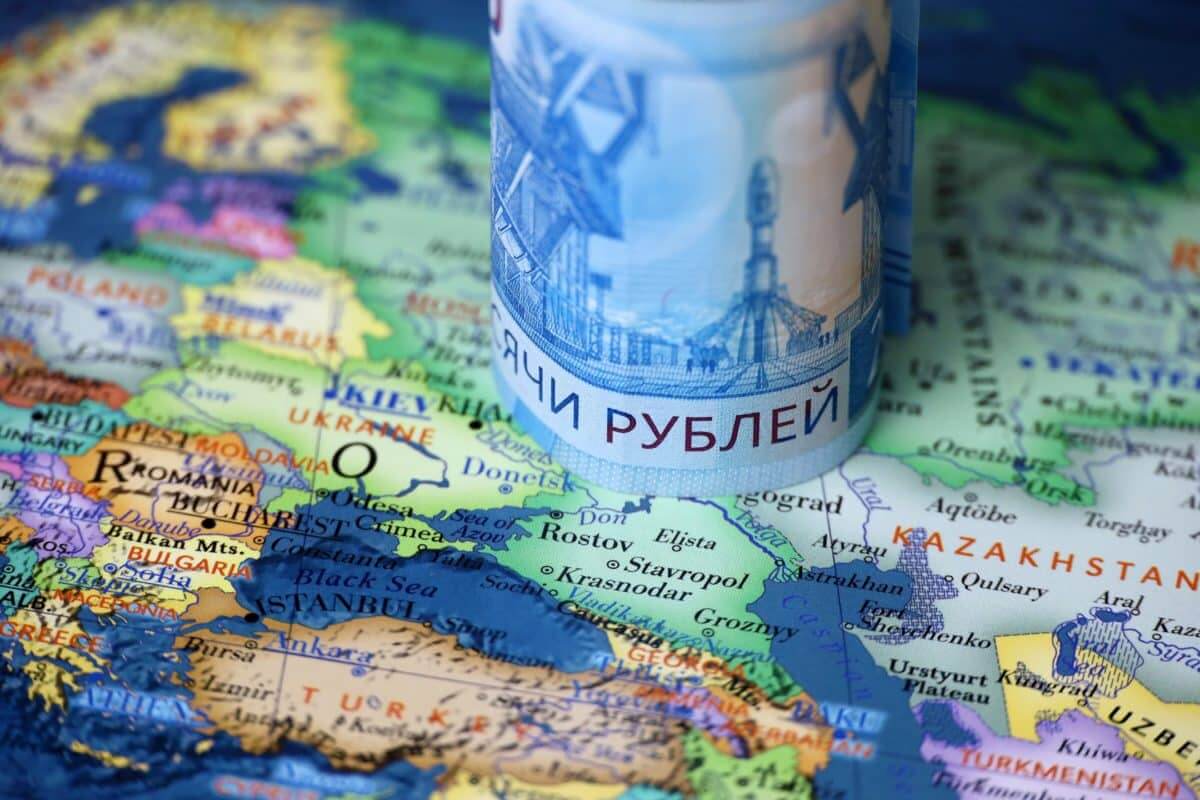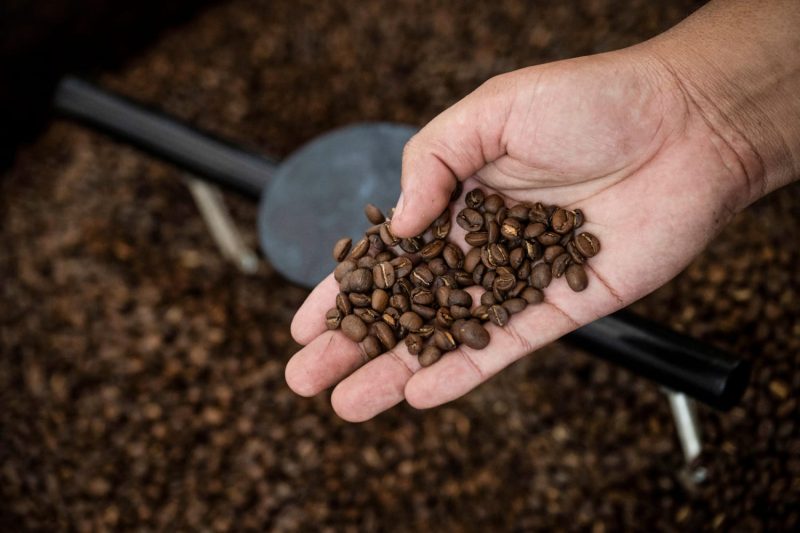Russia Maintains 16% Interest Rate as Inflation Eases Slowly

Russia Maintains 16% Interest Rate as Inflation Eases Slowly
Quick Look:
Interest Rate Stable: Russia’s central bank maintained its key interest rate at 16% amid high inflation and robust consumer demand; Inflation Outlook: Adjusted projections show inflation slowing to 4.3-4.8%, higher than previous estimates; Economic Growth: Russia’s revised GDP growth forecast is now 2.5%-3.5%, reflecting a resilient yet challenged economy.On Friday, Russia’s central bank held its key interest rate steady at 16% for the third consecutive meeting, signalling a slower-than-anticipated easing of inflation. Despite prior forecasts, it now seems unlikely that inflation will revert to the bank’s 4% target within this year. This development reflects robust consumer demand and widespread labour shortages contributing to persistent inflationary pressures. The central bank adjusted its inflation projections upwards from the previously expected 4-4.5% to a new range of 4.3-4.8%.
High Demand vs. Low Supply: Russia Faces Stubborn Inflation
The central bank has attributed the stubbornly high inflation rates to an imbalance between domestic demand and supply capabilities. This excess demand, outstripping the available supply, has created a scenario where inflation is expected to decline to the target rate more slowly than initially forecasted in February. Consequently, in response to a rapidly devaluing ruble and calls from the Kremlin for tighter monetary policy, the Bank of Russia implemented significant rate hikes in the latter half of 2023. This included an emergency increase in August. Moreover, these measures were part of a broader strategy to stabilize the currency and curb inflation. Inflation peaked at 11.9% in 2022 but stood at 7.4% in 2023.
Russia’s GDP Forecast Revised Up to 2.5-3.5%
In light of recent economic developments, Governor Elvira Nabiullina has outlined various scenarios. These scenarios suggest that the gap between supply and demand might gradually narrow, potentially bringing inflation closer to the target by the end of the year. However, the central bank remains cautious. It indicates that if disinflation progresses too slowly, the current key rate could be maintained until the year’s end. Additionally, further adjustments could include a rate hike if disinflation stalls completely. This cautious approach is reflected in the bank’s revised macroeconomic forecasts. These now expect Russia’s GDP to grow between 2.5% and 3.5% this year, an increase from earlier estimates of 1-2%.
Amid these challenges, Russia’s economy has shown resilience, primarily due to a boost from state-funded sectors like arms and ammunition production. However, this has masked other underlying economic issues, including severe labour shortages that restrict the expansion of goods and services. Such constraints underscore the broader economic dilemmas facing Russia, where a tight labour market continues to exert inflationary pressures.
The central bank’s revised forecasts and the current economic scenario highlight a complex landscape for Russia’s monetary policy. With a cautious approach towards rate adjustments and an upward revision in economic growth and key policy rate forecasts, the path to stabilising Russia’s economy appears fraught with challenges. Additionally, as the central bank navigates these turbulent waters, the broader implications for Russia’s financial stability and economic growth continue to captivate economists and policymakers alike.
The post Russia Maintains 16% Interest Rate as Inflation Eases Slowly appeared first on FinanceBrokerage.




